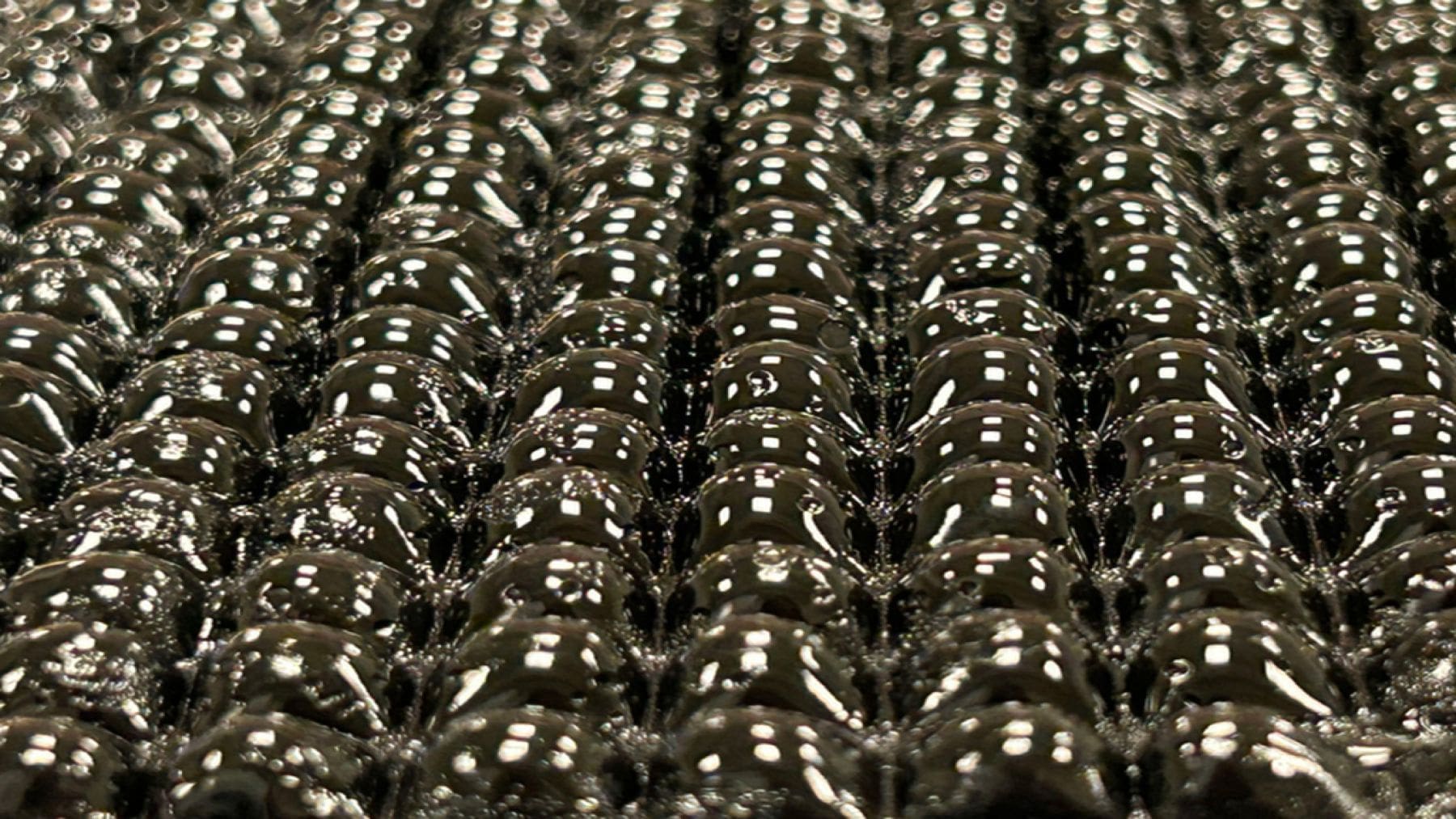A discovery is being tested in harsh conditions. A device that can turn air into drinking water is being put through the paces, and if it proves to be a success, water scarcity could become a thing of the past. A contraption that uses black spheres is producing promising results in Death Valley.
How air is being turned into drinking water in the desert
Even in a desert, the air holds moisture. Collecting this moisture and converting it into meaningful amounts of drinking water is the trick. A prototype is being strenuously tested in Death Valley, and that might address that obstacle. The device requires no external power of any kind and can extract drinking water at consistent levels.
The testing process has taken months, and they have subjected this contraption to extreme conditions. So far, it has risen to the challenge at every turn. It could be the answer to places where water is a treasure. Traditional atmospheric water harvesters tend to struggle in regions like Death Valley, but not this one.
A tiny invention bringing death to water scarcity in Death Valley
A vertical window-sized panel has tiny black hydrogel spheres placed within it. These spheres will swell up in the nighttime as they absorb water. In the day, the warmth of the sun heats the panel, and water is released. It finds its way onto a chilled glass surface where the drinking water is collected.
Typically, water harvesting technology relies on salts to increase the absorption of the water, but leakage of these salts can contaminate the drinking water. These black spheres have glycerol to stabilize the salt within the hydrogel, which eliminates the likelihood of salt leakage.
How well are these tiny black spheres performing in the Death Valley tests?
Death Valley provides some of the harshest conditions to test a device of this nature, which was more than likely the whole idea. So far, this hydrogel and the tiny black spheres are performing above expectations. The device has collected between 57 and 161.5 milliliters of drinking water even when the humidity dipped to as low as 21 percent. That’s roughly 0.2 to 0.65 cups of drinking water.
This is all done passively with no reliance on power or pumps, or anything of that nature. The hydrogel in the black spheres is the heart and soul of this device, and the natural rays of the sun allow for the collection of drinking water to begin.
Why are these black spheres in a window panel different from other atmospheric water harvesters?
The hydrogel is shaped like a dome to increase the surface area, adding to the absorption with each sphere acting like a sponge. The spherical shape increases the amount of vapor this device can capture. Multiple panels could be a game-changer once testing is complete, and could provide water for a lot of people in areas where water scarcity is rife.
There is still a lot of work to be done on this prototype, but initial results have been promising. The first step will be to scale this upwards, adding more panels as one won’t be enough, but this should all happen in due time.
Challenges that face the black spheres that collect water from the air
Tweaks are part of the process. Everything from the materials used will be looked at closely and then looked at again. Getting to a point where arrays of these panels can be rolled out is the end goal.
The durability is also a concern, but should these hurdles be surmounted, we could have a device that could remedy water shortages in some of the hottest places on the planet, with a device that needs no power to function. What a revelation that would be.
Disclaimer: Our coverage of events affecting companies is purely informative and descriptive. Under no circumstances does it seek to promote an opinion or create a trend, nor can it be taken as investment advice or a recommendation of any kind.

